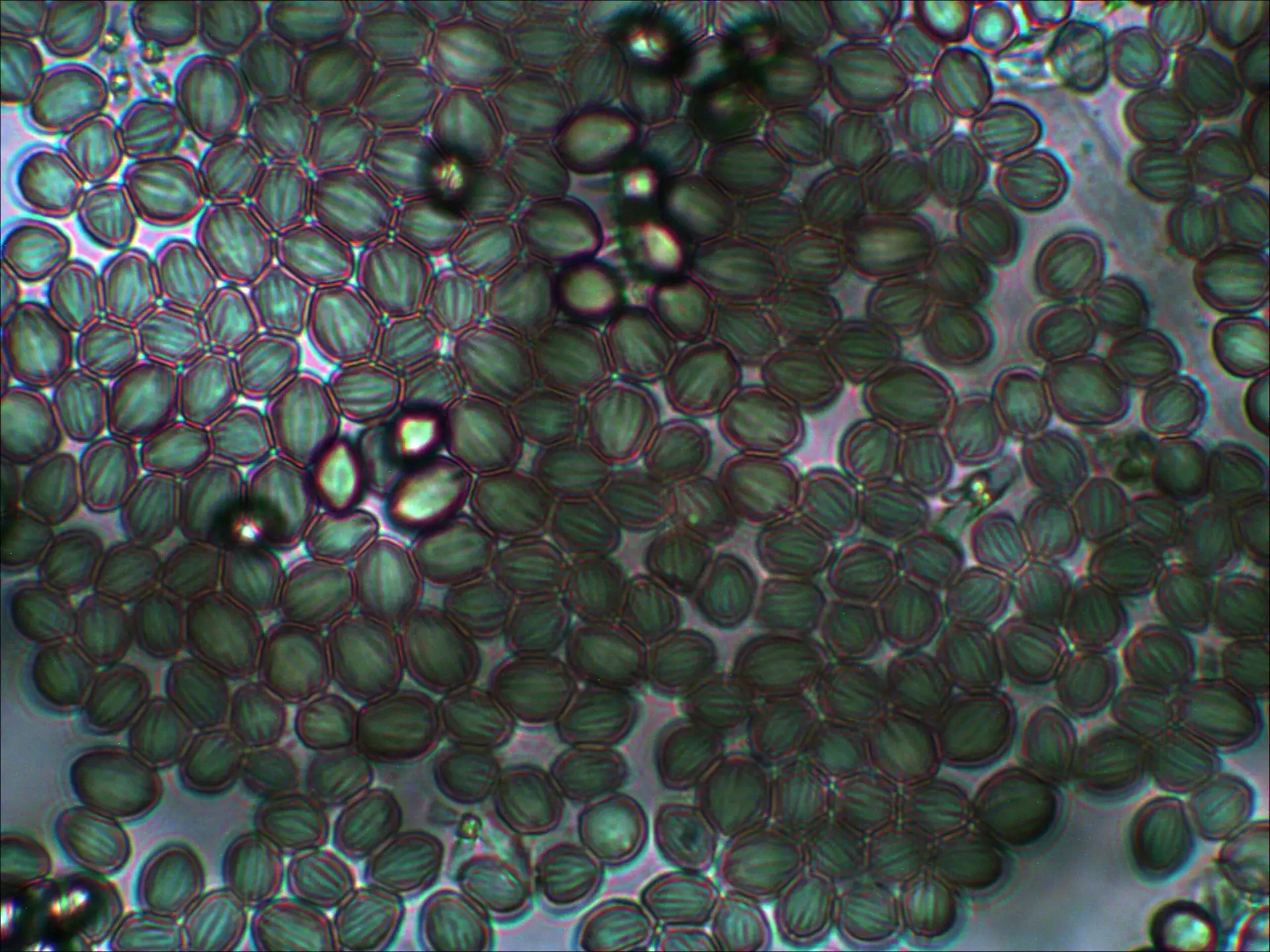
A Comprehensive Guide to Black Mold Remediation
Black mold is a serious threat to both our health and our homes. It grows in damp, dark corners, and can damage our property and well-being.
However, armed with knowledge and expertise, we can confront this menace head-on and emerge victorious. Join us as we embark on a journey of discovery and resilience—a journey towards effective black mold remediation.
The Nature of Black Mold
Black mold, scientifically known as Stachybotrys chartarum, is a type of fungus that thrives in moist environments. Recognizable by its dark greenish-black appearance, this insidious organism releases spores into the air, triggering a range of health issues when inhaled. From respiratory problems to skin irritation, the consequences of black mold exposure can be severe, underscoring the importance of prompt and thorough remediation efforts.
Determining the Extent of Infestation
Before embarking on the remediation process, it is essential to assess the scope of the mold infestation. Small, isolated patches of mold may be manageable through DIY methods, while larger or widespread growths require professional intervention. Consultation with experienced remediation specialists can provide valuable insights into the severity of the problem and the most effective course of action.
The Key Steps for Black Mold Remediation
A successful black mold remediation plan begins with meticulous planning and preparation. From containment measures to thorough cleaning protocols, each step is carefully orchestrated to ensure the complete eradication of mold and the prevention of future growth. Key components of a remediation plan may include:
- Containment: Isolating the affected area to prevent the spread of spores to unaffected areas.
- Removal: Safely remove contaminated materials and dispose of them in accordance with established guidelines.
- Cleaning: Thoroughly cleaning surfaces with appropriate antimicrobial solutions to eliminate mold spores.
- Drying: Ensuring thorough drying of affected areas to prevent moisture buildup and inhibit mold growth.
- Verification: Conducting post-remediation testing to confirm the effectiveness of the remediation efforts and ensure a safe, mold-free environment.
Tips for Effective Remediation
Effective black mold remediation relies on adherence to industry best practices and guidelines. Here are some essential tips to ensure success:
- Prioritize safety: Wear appropriate personal protective equipment, including masks, gloves, and eye protection, when handling mold-contaminated materials.
- Thorough cleaning: Use EPA-approved antimicrobial solutions to clean surfaces and remove mold spores effectively.
- Proper disposal: Dispose of contaminated materials properly, following local regulations and guidelines to prevent further contamination.
- Monitor moisture levels: Address underlying moisture issues to prevent future mold growth and maintain a dry, healthy environment.
- Seek professional assistance: When in doubt or dealing with extensive mold infestations, enlist the help of certified remediation specialists to ensure thorough and effective remediation.
Partnering with ECOS: Your Trusted Ally in Mold Remediation
Ready to take the first step toward a mold-free environment? Contact ECOS Environmental & Disaster Restoration at 970-925-3267 to schedule a consultation and learn more about our black mold remediation services. With ECOS by your side, you can rest assured that your property and your health are in capable hands.
